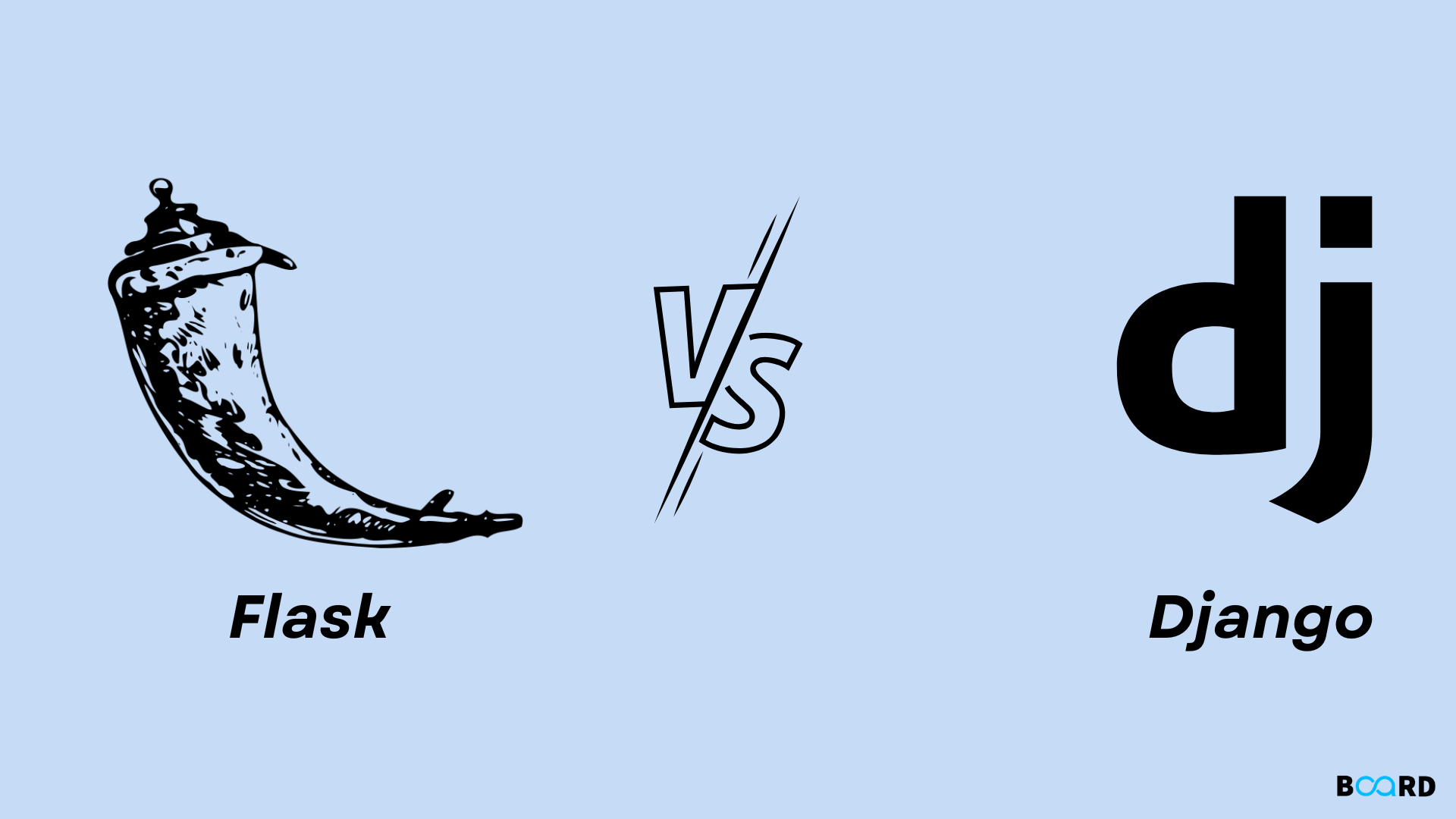Essentials of Back-End Development: From APIs to Databases
Client Side and Server Side Scripting: Explanation
Flask vs Django: Differences

In Python, there are two popular web frameworks:
Flask: It is used as an alternative to Django, as it provides more flexibility which makes the user decides how they want things to work.
Django: It does not allow users to make changes to their modules to such an extent.
Django
It is also called a “battery-included” system approach. This means that a Django user does not need to plan the app framework ahead of time and can directly get started in its development. It constructs superior web apps, more quickly with less code. It also has a great and huge online community.
Flask
It is in utilize since 2010 so it may be considered a youthful framework. It is also more pythonic than Django because its code is unequivocal. It is the choice of most newbie beginners because of the requirement of getting a basic app up and running.
Difference Between Django and Flask
Admin Interface
In Python, the admin interface makes Django a capable web system. Unlike flask, Django provides a ready admin system that helps the clients to the organization’s business consistently. It creates an admin module, which engineers can customise to meet their needs.
Built-in template engine
Unlike Django, Flask does not contain any built-in layout motor, it is based on the jinja2-based format motor. Django format motor impacts the Jinja2 itself. It set up a sandbox execution environment, which allows the engineers to make the advancement handle speedup for making the web application energetic. On the other hand, Django provides a built-in motor that allows engineers to create user-facing layers quickly.
Database
Django empowers the ORM framework. The advantages of the ORM Framework are mentioned below:
- Developers have the advantage of the ORM Framework to work with the collection of databases, which includes SQLite, Prophet, MySQL, PostgreSQL etc.
- Developers are not required to type in the SQL inquiries for the execution of database operations.
On the other side, the flask does not seem to have support for the ORM framework. Designers are needed to type in the SQkAlchemy to do database operations.
Tabular Difference between Django and Flask
| S No. | Django | Flask |
|---|---|---|
| 1. | It could be a Python-based free and open-source system that looks after the MVt which stands for Model View Template. It is an approach to structural design. | Flask can also be a Python-based but a smaller scale system. It does not have any set of instruments specifically or outside of libraries. It also does not contain a database layer for shape approval. |
| 2. | Urls.py is used to associate the properties and the primary coordinated see of the regex list handles the demands. | URI is not set by the see decorated and is regularly and centralized setup is devisable. Many times the recent designs are coordinated by the URIs and the last mentioned is default sorted. |
| 3. | Setting flexibility is included. | To organize a flask code all the advisable codes that are accepted shoes the rise in application number. |
| 4. | Suitable for multi-page applications. | Suitable for single-page applications only. |
| 5. | Django’s framework structure is more conventional. | Flask has Random web framework structure. |
| 6. | Virtual debugging is not supported. | Virtual debugging is supported as it contains a built-in debugger. |
